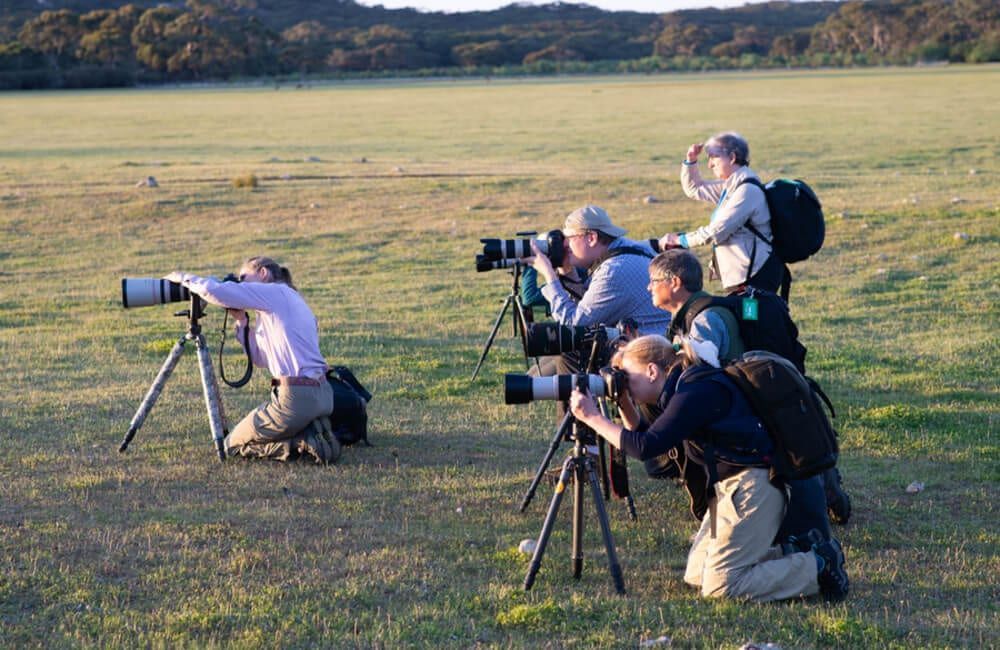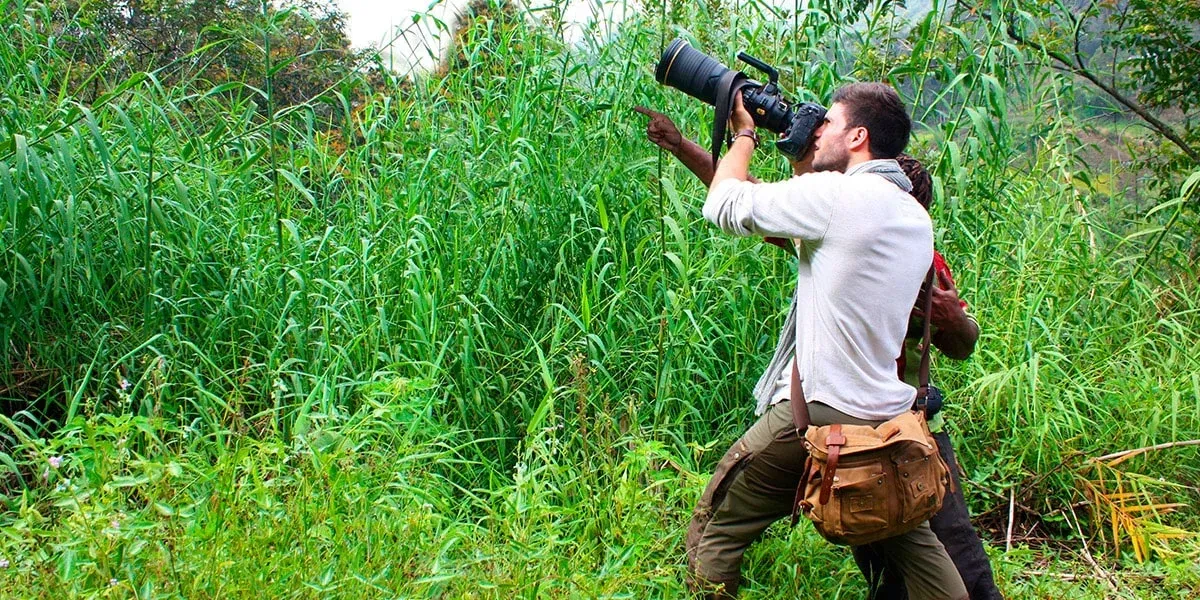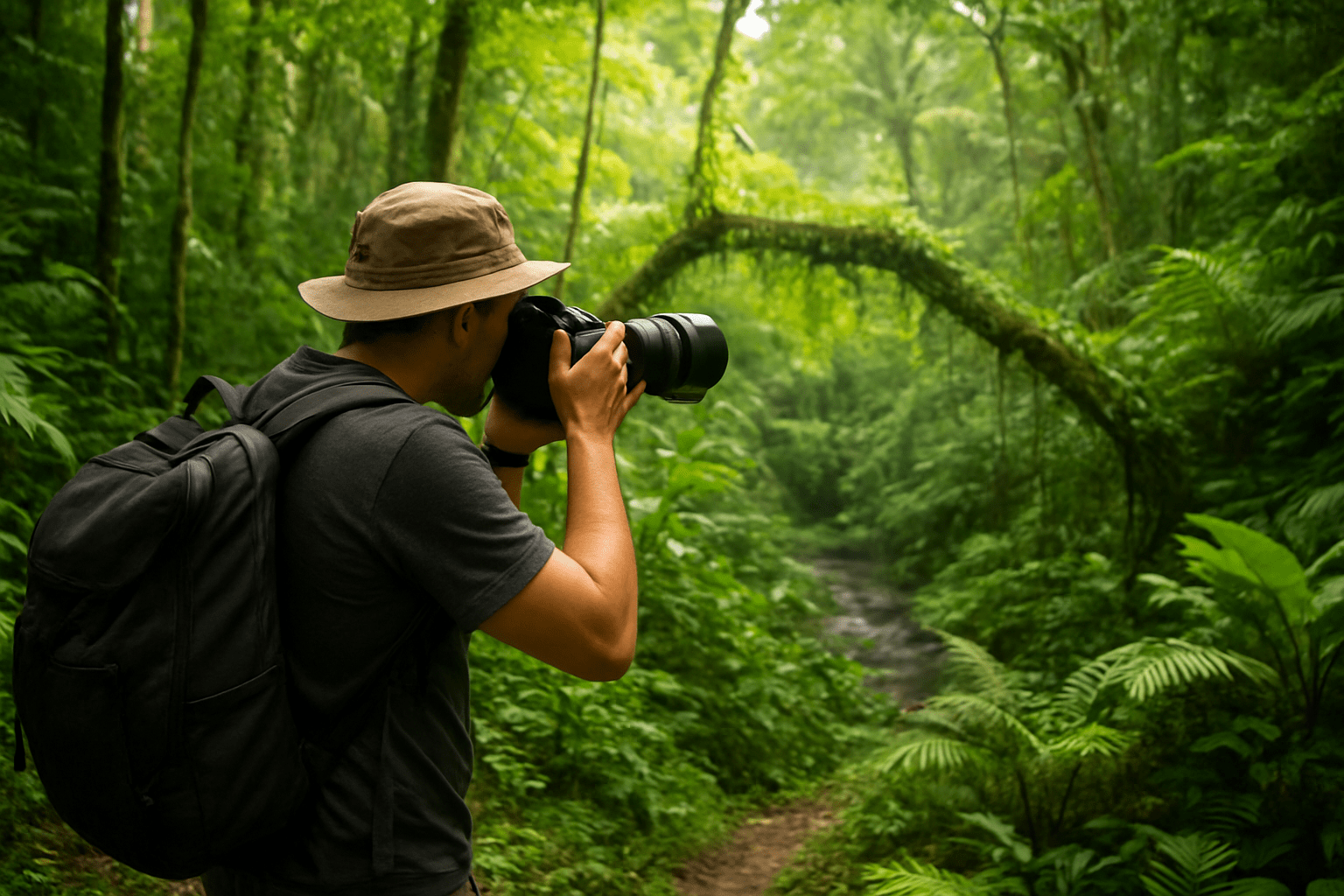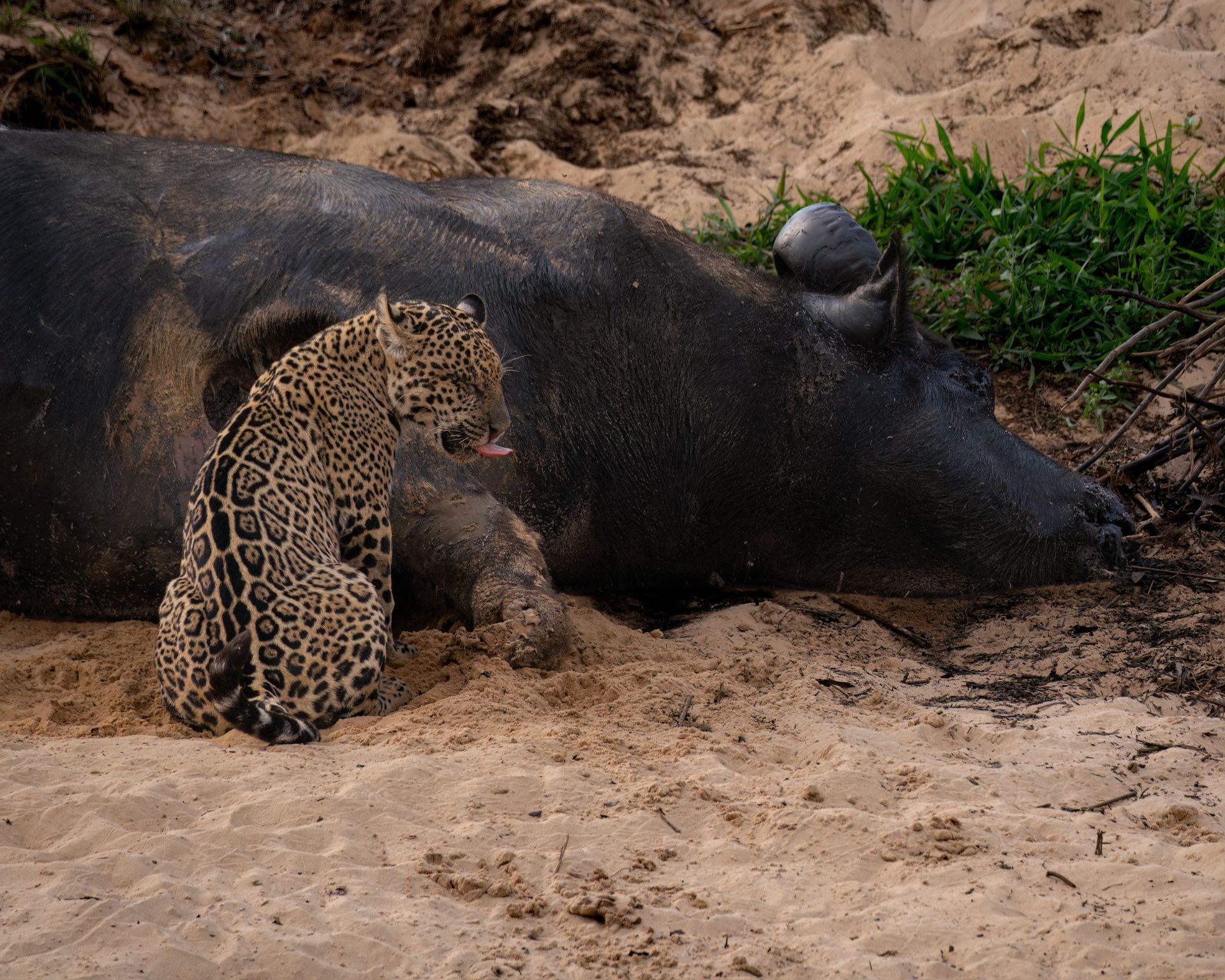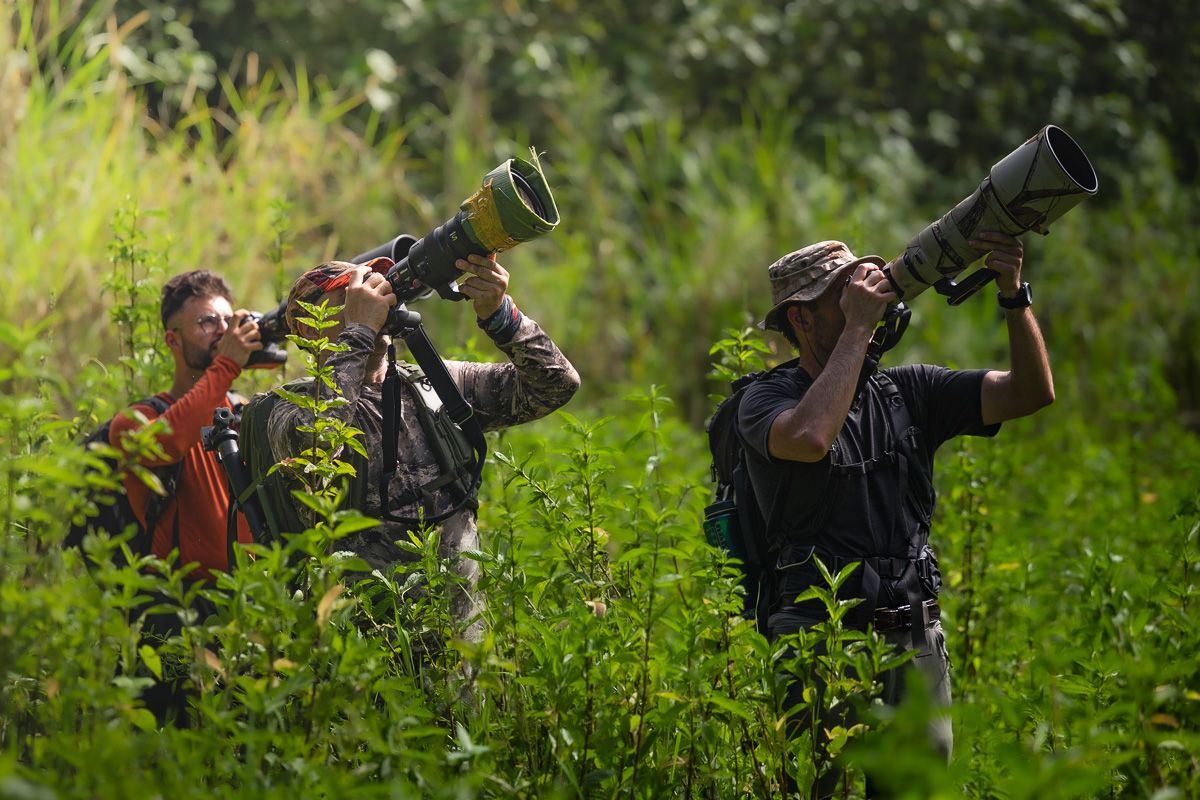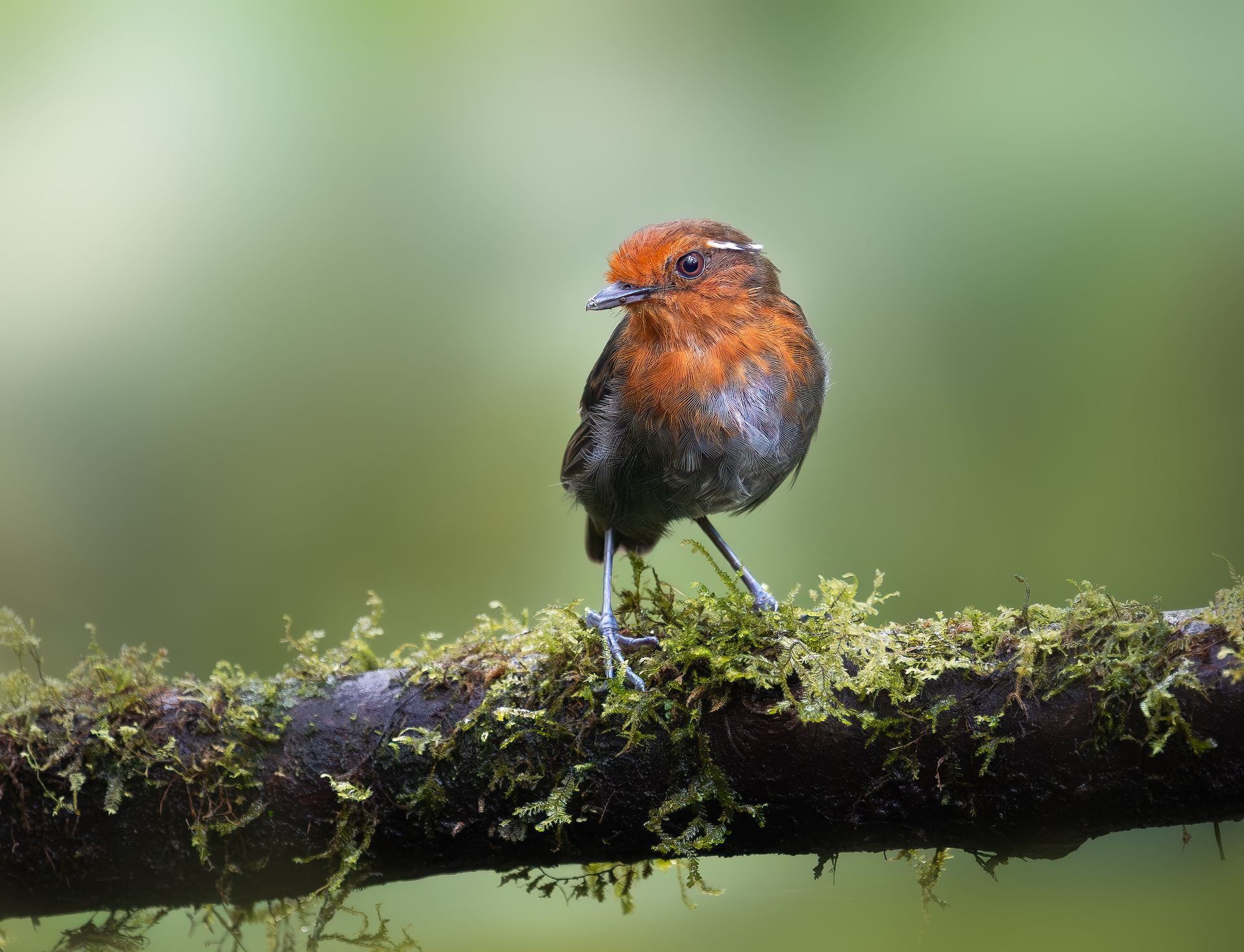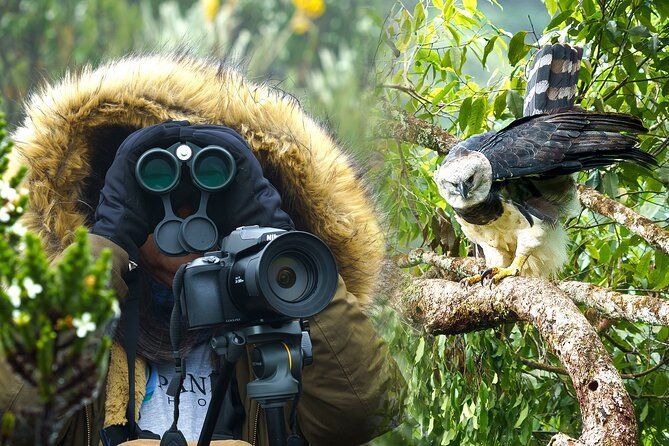"Discover the Bird Paradise of Mavicure Hills: A Hidden Gem in Colombia"
Colombia is renowned for its rich biodiversity, boasting one of the highest concentrations of bird species in the world. While destinations like the Andes, Amazon, and Sierra Nevada de Santa Marta are widely celebrated, there are hidden gems that remain off the typical birding trail. One such remarkable location is the Mavicure Hills, located in the Guaviare region of Colombia. This remote and pristine area offers unparalleled opportunities for bird photographers, wildlife enthusiasts, and nature lovers seeking a truly immersive experience.
In this comprehensive guide, we’ll explore the avian diversity, landscape beauty, photography tips, and travel insights for discovering Mavicure Hills, a hidden bird paradise.
Why Mavicure Hills Is Special for Bird Photography
The Mavicure Hills are a unique ecological and geological formation:
- Comprising three massive granite monoliths rising dramatically above the surrounding savannas and riverine forests.
- Surrounded by rivers, wetlands, and tropical forests that attract diverse bird species.
- Relatively untouched by tourism, providing pristine habitats and natural behavior of wildlife.
For photographers, Mavicure Hills offer opportunities to capture both landscape and bird photography, combining dramatic geological features with colorful avian subjects.
Bird Diversity in Mavicure Hills
Despite being lesser-known, Mavicure Hills are home to a wide array of bird species, including:
- Tropical and Neotropical species: tanagers, motmots, parrots, toucans, and manakins.
- Water-associated birds: herons, kingfishers, and jacamars along the nearby rivers.
- Endemic and rare species: some species are exclusive to the Guaviare region, making the area a haven for serious birders and photographers.
Some notable birds to look out for include:
- Guianan Cock-of-the-Rock (Rupicola rupicola): A bright orange display bird that thrives in rocky outcrops and nearby forests.
- Blue-backed Manakin (Chiroxiphia pareola): Known for its elaborate mating displays.
- Harpy Eagle (Harpia harpyja): Though elusive, sightings are possible in undisturbed forest areas.
- Scarlet Macaw (Ara macao): Brightly colored and often captured in flight over river corridors.
This diversity makes Mavicure Hills a must-visit destination for photographers seeking vibrant colors, dynamic behaviors, and rare species.
Best Times to Visit Mavicure Hills
Timing is crucial for both birding and photography:
- Dry Season (December to March): Trails and river crossings are easier, and sunlight enhances feather colors for photography.
- Early Morning: Birds are most active during the first few hours after sunrise, providing optimal light and action.
- Late Afternoon: Soft lighting creates dramatic compositions, particularly when photographing perched or flying birds against the hills’ backdrop.
Top Bird Photography Spots Within Mavicure Hills
- Base of the Hills: Ideal for photographing forest edge species, such as tanagers, motmots, and trogons.
- Riverbanks and Wetlands: Perfect for waders, kingfishers, and jacamars, often seen hunting along shallow waters.
- Rocky Cliffs and Outcrops: The Guianan Cock-of-the-Rock and other cliff-dwelling species display here. Early mornings yield the best shots of display flights.
- Surrounding Savannas: Open areas attract raptors and seed-eating birds, providing opportunities for mid-range telephoto shots.
Tips: Carry binoculars for spotting distant species, and always approach quietly to avoid disturbing natural behavior.
Photography Tips for Capturing Birds in Mavicure Hills
- Use a Telephoto Lens (300–600mm): Essential for capturing shy or flying birds without intrusion.
- Fast Shutter Speed: Freeze rapid wing movements, particularly for hummingbirds, macaws, and raptors.
- Tripod or Monopod: Stabilize long lenses in uneven terrain while maintaining mobility.
- Natural Light: Use early morning or late afternoon light for rich feather colors and dramatic shadows.
- Patience and Observation: Birds often return to the same perches or feeding spots; waiting quietly yields more authentic shots.
- Wide-Angle for Landscapes: Combine birds with the dramatic hill formations to create compelling environmental portraits.
Ethical Guidelines for Bird Photography
- Minimize Disturbance: Keep distance from nests, display sites, and feeding areas.
- Avoid Flash: Flash can startle birds, particularly during mating displays or feeding.
- Leave No Trace: Carry out all waste, stick to trails, and avoid damaging vegetation.
- Support Local Conservation: Work with eco-lodges, guides, and community initiatives that prioritize environmental protection.
Traveling to Mavicure Hills
Reaching Mavicure Hills requires careful planning due to its remote location:
- Nearest Cities: San José del Guaviare serves as the main access point.
- Transport: 4x4 vehicles are essential for navigating unpaved roads and river crossings. Boat trips may be necessary to reach specific riverine sites.
- Accommodations: Eco-lodges and community-based accommodations provide basic comforts and authentic local experiences.
- Local Guides: Hiring experienced guides enhances the chances of spotting rare species and ensures safe navigation through remote areas.
Combining Bird Photography with Cultural Experiences
Mavicure Hills is not only a natural paradise but also a place rich in indigenous culture:
- Guayabero and other local communities: Offer traditional knowledge about wildlife, medicinal plants, and sustainable land practices.
- Cultural immersion: Workshops, guided walks, and local storytelling enrich your photography expedition.
- Artistic opportunities: Capture scenes of daily life alongside wildlife photography to tell a more holistic story.
Challenges and Tips for Remote Bird Photography
- Accessibility: Limited roads and changing river levels require planning and flexibility.
- Weather Conditions: Rain can be sudden; waterproof gear for both photographers and equipment is essential.
- Physical Preparation: Moderate hiking and river crossings demand good fitness and stamina.
- Insect Protection: Mosquito nets and repellents are vital, especially near wetlands.
Despite these challenges, the rewards are unmatched: rare species, pristine habitats, and spectacular landscapes.
Conservation Significance of Mavicure Hills
Preserving Mavicure Hills is crucial for biodiversity:
- Endangered species habitat: Home to globally threatened birds like the Harpy Eagle and Guianan Cock-of-the-Rock.
- Riverine ecosystems: The surrounding rivers support fish and aquatic birds, maintaining ecosystem health.
- Community involvement: Ecotourism initiatives provide sustainable income while fostering conservation awareness.
Photographers visiting responsibly can contribute to conservation through awareness, funding, and ethical practice.
Preparing for a Photography Expedition
- Gear Checklist: Telephoto lens, tripod, spare batteries, memory cards, waterproof bags, insect repellent, lightweight clothing, and binoculars.
- Travel Documents: Passport, permits for protected areas, and emergency contacts.
- Photography Strategy: Research species behavior, plan early-morning sessions, and consider multiple vantage points for varied shots.
- Health Precautions: Vaccinations, first aid kits, and hydration packs are essential in remote areas.
Making the Most of Your Mavicure Experience
- Patience is key: Birds may take time to appear, especially shy or rare species.
- Blend landscape with wildlife photography: Use the hills as a natural frame for bird portraits.
- Experiment with angles: Low angles for perched birds, aerial perspectives if possible, and creative compositions for displaying behavior.
- Document the journey: Combine photographs with notes on habitat, behavior, and cultural context for storytelling.
Conclusion
The Mavicure Hills stand as one of Colombia’s best-kept secrets for bird photographers. From dramatic granite outcrops to lush riverine forests and savannas, the region offers unparalleled opportunities to capture rare and vibrant bird species in their natural environment.
With preparation, patience, and ethical photography practices, visitors can capture both technical and visually stunning images, while contributing to conservation and appreciating the region’s cultural heritage. Mavicure Hills is not just a destination—it’s an immersive experience where birds, landscapes, and local communities come together to create a photographer’s dream.
Whether you’re chasing the elusive Guianan Cock-of-the-Rock, vibrant macaws, or colorful tanagers, Mavicure Hills promises an adventure that will remain etched in memory long after the shutter clicks.



